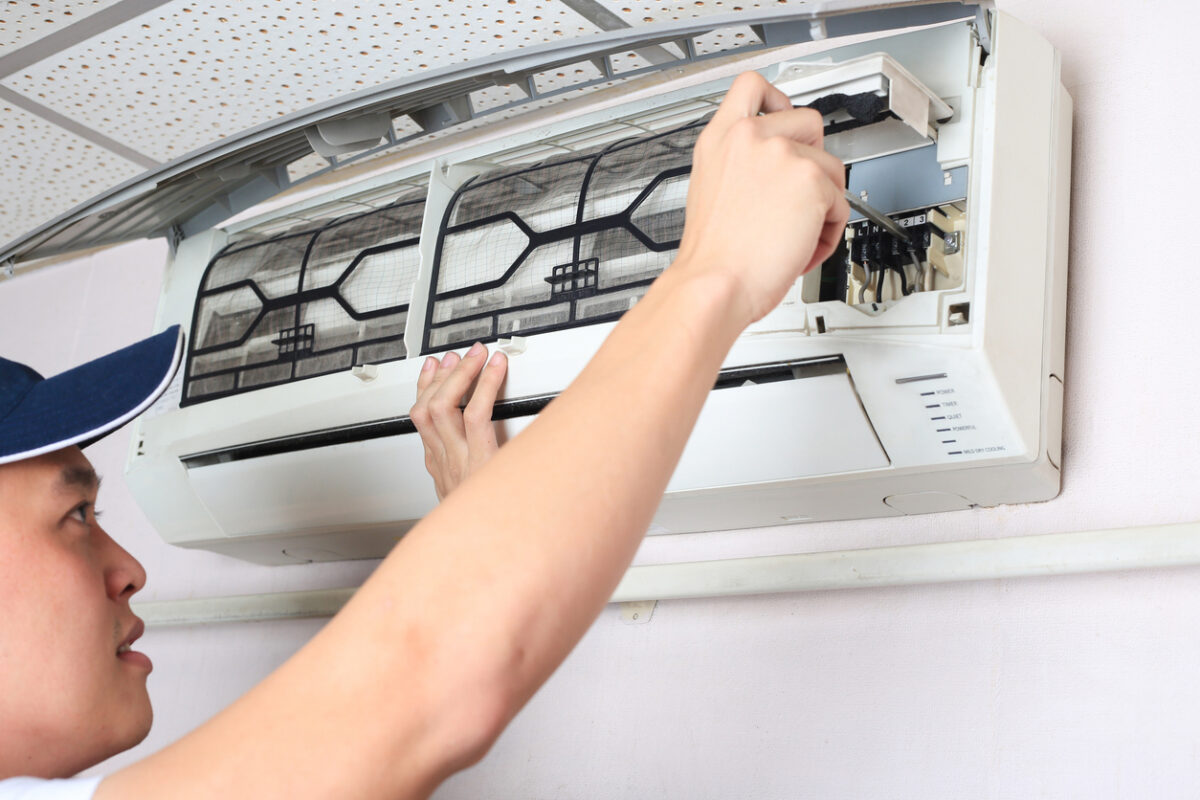Five Signs It’s Time to Upgrade Your HVAC System in 2025

As we ring in the new year, we often think about ways to improve our lives. 2025 promises to be an interesting year, whether your goals are personal or professional. 2025 is also an important year for HVAC replacements with the introduction of the AIM Act that will officially end the use of outdated HFC refrigerants. If your HVAC is approaching the end of its lifespan, 2025 is the ideal year for an upgrade to a more efficient system using more eco-friendly, accessible, and affordable coolant fluids. You will also gain the advantage of the many technological advancements made since your old HVAC was installed.
Is now the right time to replace your HVAC? Let’s look at the 5 key signs that your HVAC is ready for an upgrade in 2025 and how the AIM Act may influence your decision.
1. Your System Is Over 10–15 Years Old
The average lifespan of an HVAC system is 10-15 years old. Some carry on for longer but lose significant efficiency over time. If your HVAC is near this lifespan or has long since passed, it’s likely less efficient and prone to breakdowns. It may also be using an old refrigerant like R-410A which is bad for the environment and is being phased out by the AIM Act. This will make future coolant-related repairs more costly and eventually unavailable.
The AIM Act is phasing out HFC refrigerants. However, your new HVAC will feature a more eco-friendly coolant like R-32 or R-454B that will be more available and affordable to top up whenever necessary.
2. Rising Energy Bills
As an HVAC loses efficiency with age, it needs more power to operate. This can result in a slow but steady increase in your power bills from one year to the next. HVAC can represent as much as half your home’s power bill, especially as efficiency decreases. It may be time to upgrade if your power bills have been rising beyond the growing energy price.
The AIM Act can also help you here. The act requires that new HVAC models in 2025 achieve more advanced energy efficiency with high-performance refrigerants for optimal cooling with a lower environmental impact.
A high-SEER (Seasonal Energy Efficiency Ratio) system can significantly reduce your energy consumption, saving you money while lowering your carbon footprint.
3. Frequent Repairs
If your HVAC needs constant repairs, the cost of repairs can add up faster than you realize. As the AIM Act phases out older refrigerants the cost of repairs may continue to rise. Frequent repairs are costly. However, they also mean your HVAC might give out at a critical time, like in the middle of a heat wave.
Replacing your HVAC secures steady, efficient, and reliable performance all year with minimal need for maintenance during the first five years. Say goodbye to breakdowns and repairs and enjoy the peace of mind from the new warranty.
4. Uneven Heating or Cooling
Hot and cold spots in the home often indicate that your HVAC can’t do its job effectively anymore. Uneven temperature distribution can mean trouble with the blower fan or poor thermostat performance. An upgraded HVAC system offers improved airflow and advanced temperature control for even heating and cooling and whole-home comfort.
Many of the latest HVAC models are compatible with smart thermostats. They give you advanced and intuitive control over your home’s comfort, energy savings, and longer HVAC lifespan.
5. Outdated Technology and Features
You may be missing out on tech and features that have become common with newer HVAC models. 2025 introduces more smart home integration and eco-friendly designs. Putting off an HVAC upgrade can mean missing out on cutting-edge technology. This includes smart home controls, remote monitoring, and improved air filtration.
The AIM Act has also accelerated innovations in HVAC, ensuring that models are better for the environment and provide efficient, enhanced comfort.
How the AIM Act Impacts HVAC Upgrades
The AIM Act (American Innovation and Manufacturing Act) addresses the phasing out of hydrofluorocarbons (HFCs), such as R-410A. These were once commonly used as refrigerants but have a high global warming potential (GWP).
In 2025, the AIM Act will take effect, reducing the availability of these refrigerants which will drive up the cost to repair older systems that use them. If your HVAC falls into that category, upgrading this year will save you from costly repairs while gaining access to the new system’s efficiency, comfort, and carbon footprint reduction.
These upgrades meet federal regulations and offer long-term savings and environmental benefits.
Upgrade for Efficiency, Comfort, and Compliance
If your HVAC is losing efficiency, often breaks down, or is over 10 years old, 2025 may be the perfect year for an upgrade. The AIM Act ensures that all new models are more efficient, eco-friendly, and ready to provide long-term cost savings and comfort to your home.
Don’t wait for your system to fail or for a high-cost repair. Plan your HVAC upgrade this year. Contact us today to schedule a consultation and discover the perfect solution for your home’s heating and cooling needs.












